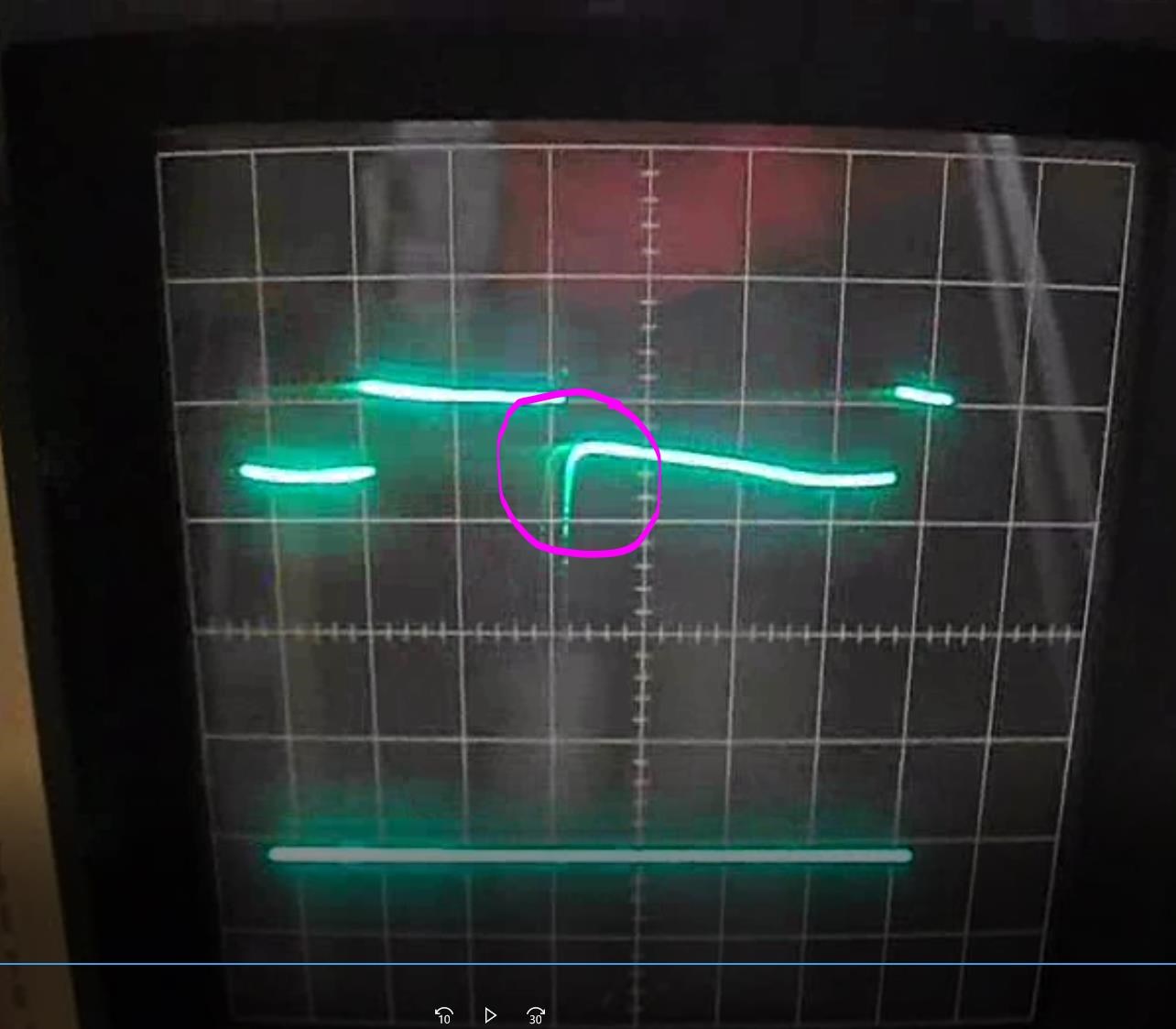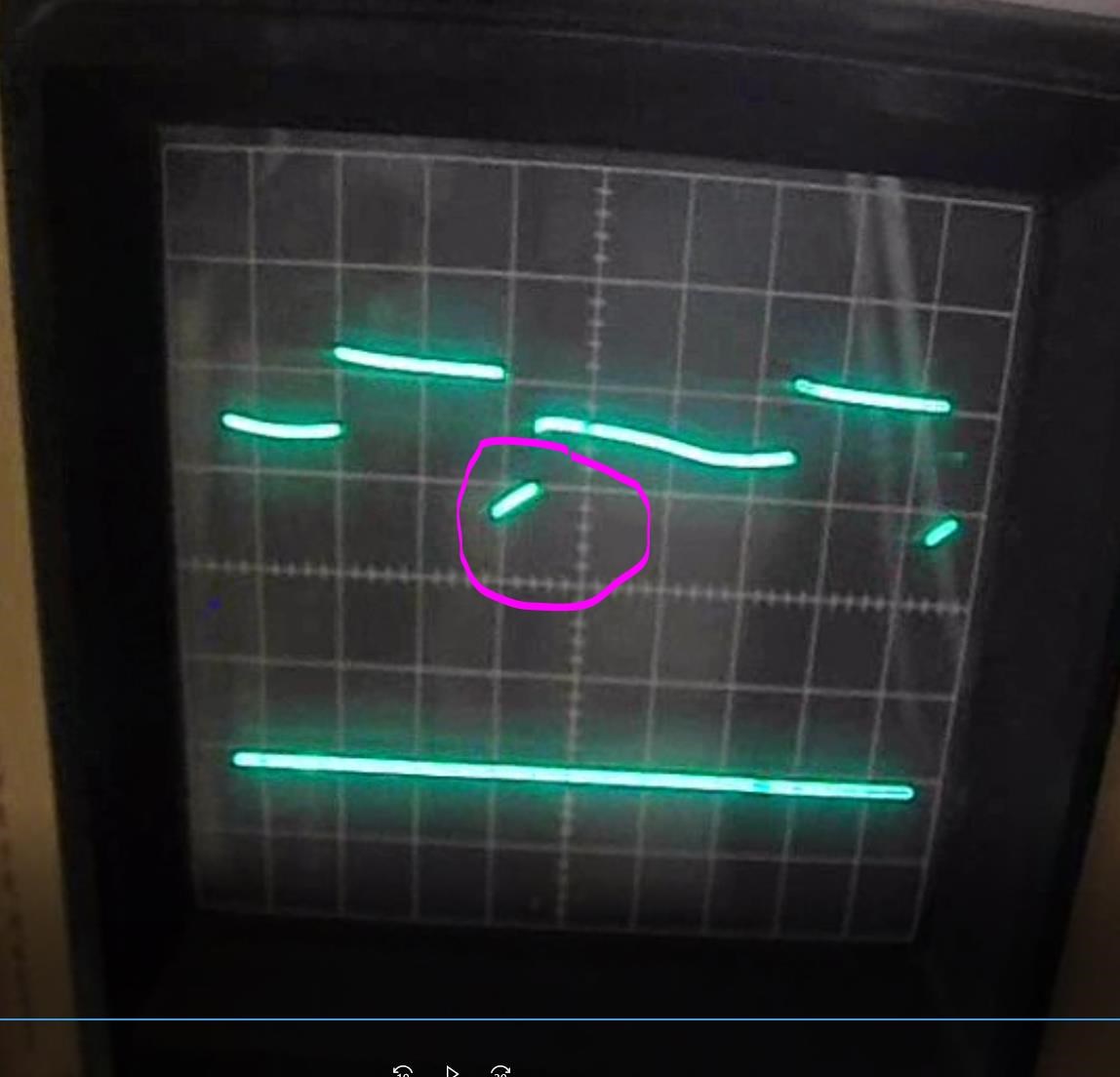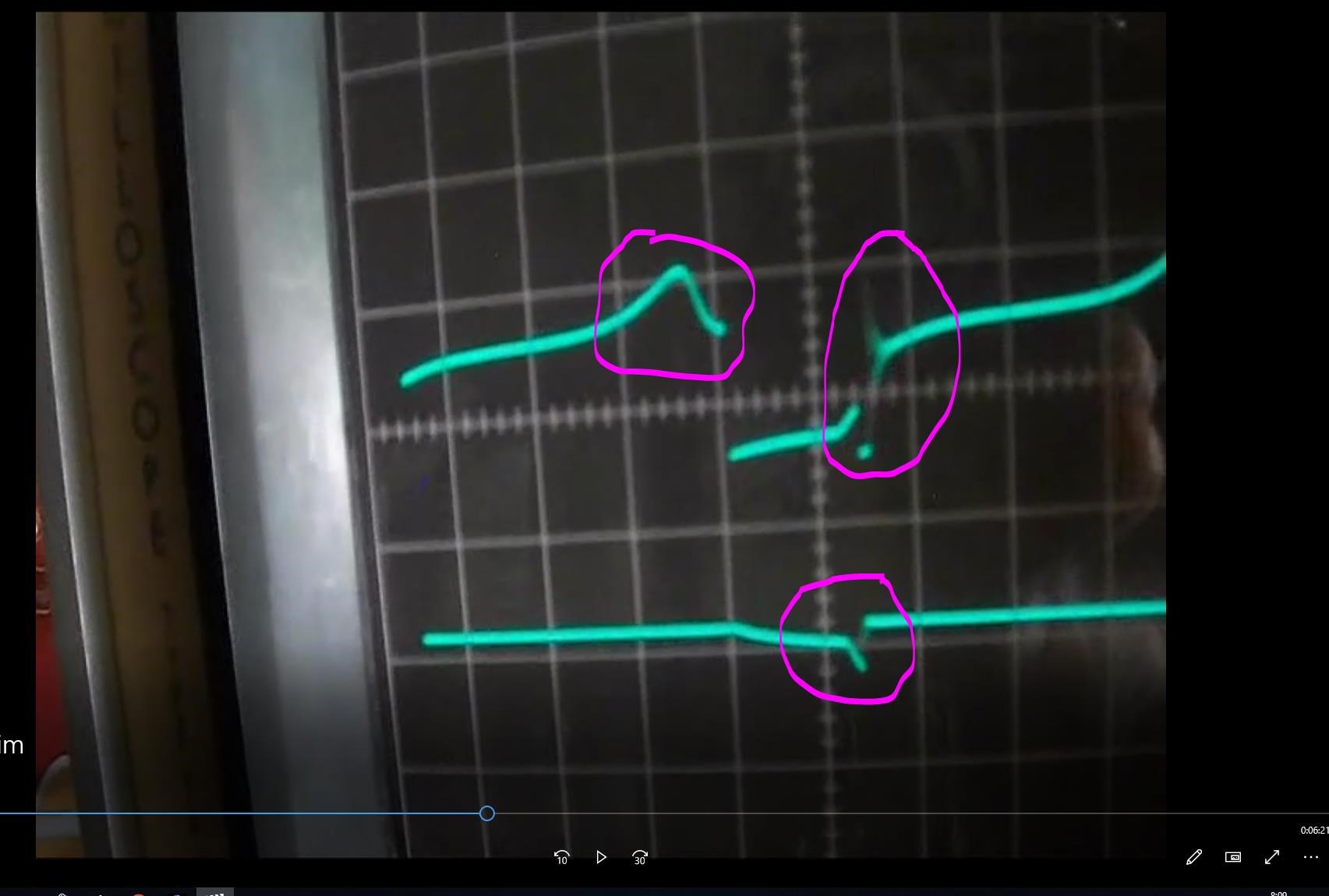Greetings friends,
I have a question and an admission. I have heard that there is some sort of surge or current rush that takes place at the moment of switch closure. Tesla spoke of it as having been a major issue, in his day, resulting in the deaths, others seemed to mention it as being a real thing in passing but unlike the inductive spike which I feel has been researched significantly, I can't think of anything specifically related to switch closure as a distinctive phenomena.
I've done plenty of experiments with the inductive spike that occurs at the moment the switch is opened. Bedini devices, Joule thief circuits and even conventional boost converters take advantage of this. I've looked at these things, both in the simulator and in replications of the above circuits and I can't really think of any instance of noticing a phenomena that is related specifically to switch closure. (I may just not have been paying attention)
Has anyone here ever looked at this? Can some of you share your experiences with this? I'd like to see if there is an experiment that can be done to examine this phenomena. Something separate from the inductive spike that shows a clear illustration. If someone can teach me a little about this and point me in the right direction to look in more detail I would be appreciative.
Thanks!

















